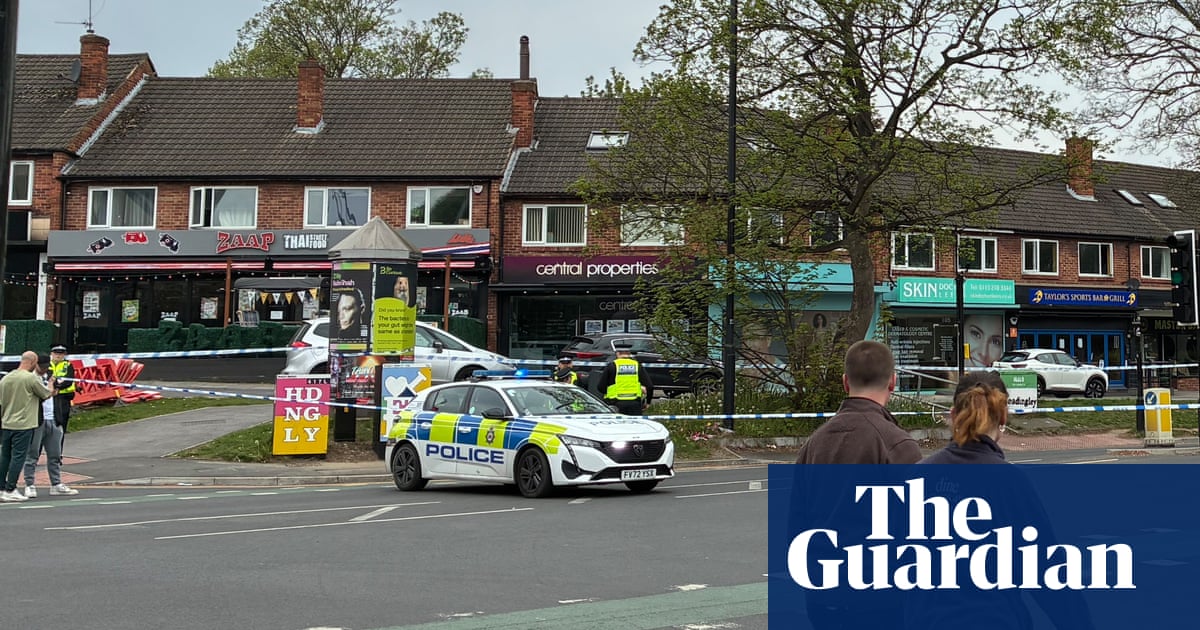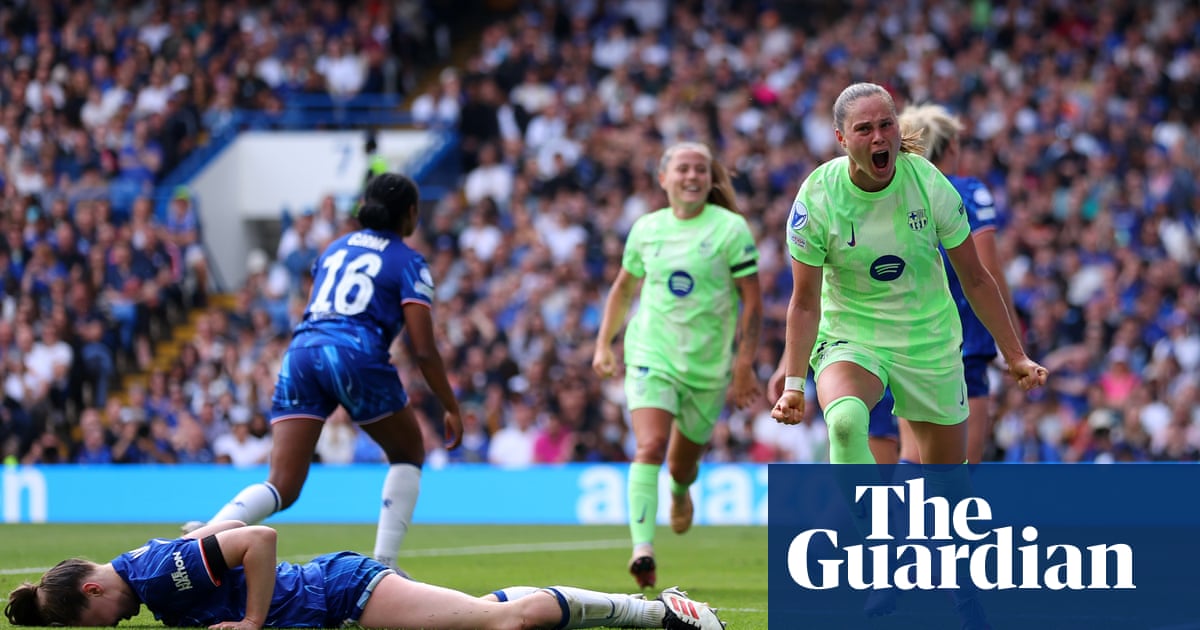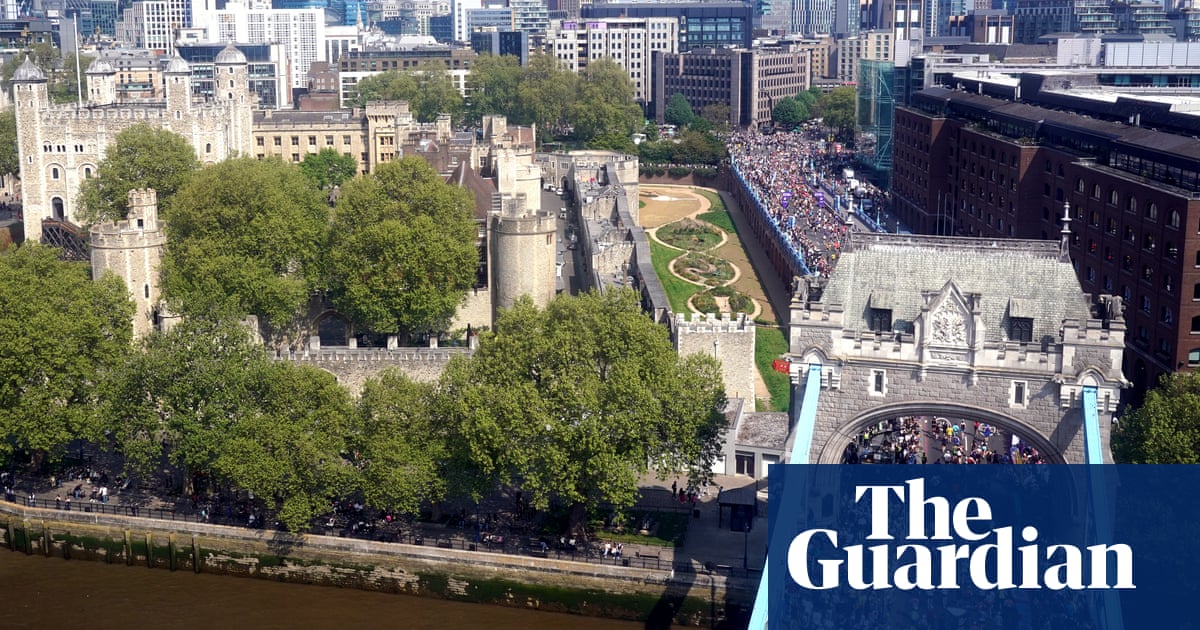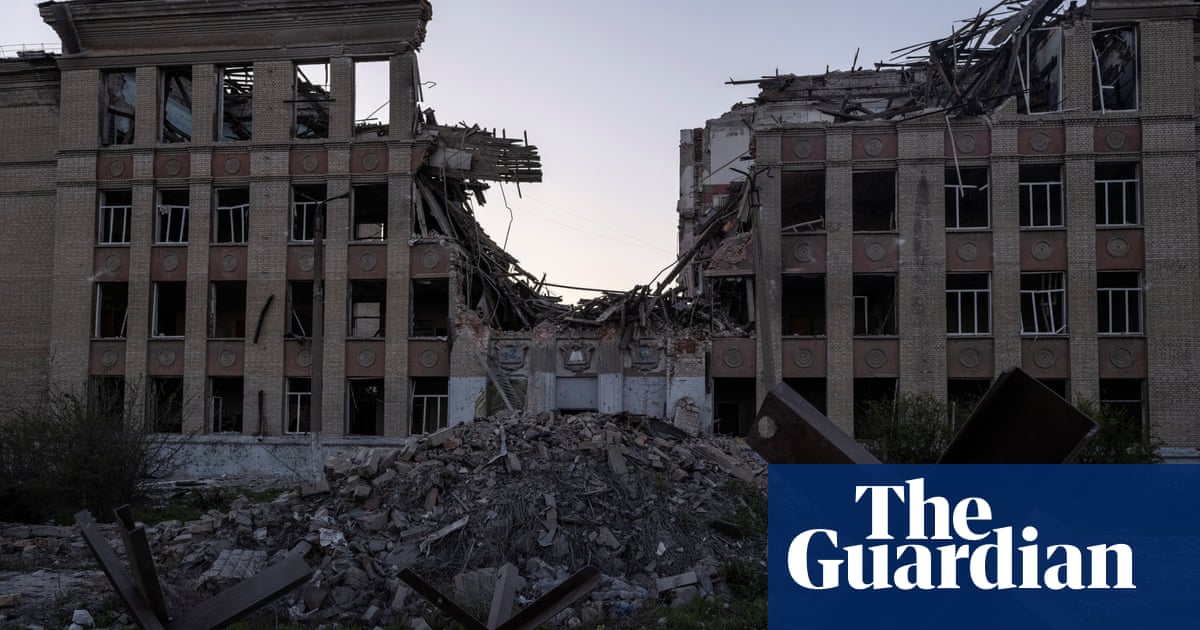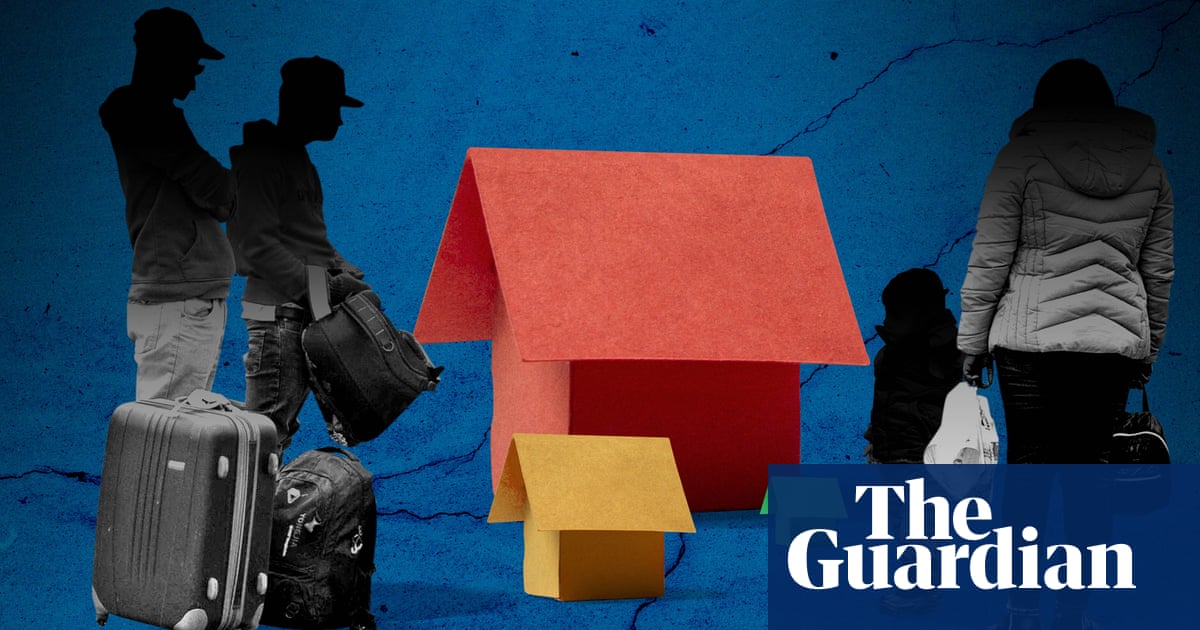It does not involve protest or violence, but it might be the quintessential human image of our times: a small group of people in the midst of spectacular natural scenery, drawn there in the certainty that the apps on their phones could somehow get them from A to B to C – but utterly, hopelessly lost.
Two weeks ago, Mountain Rescue England and Wales published figures showing a record number of annual callouts. For the first time, in fact, teams – of overworked volunteers, mostly – had been called out on every day of the year. Between 2019 and 2024, the total number of rescues had increased by 24%, and there was a marked jump among the 18 to 24 age group, among whom callouts almost doubled. Similar trends were evident in data from Scotland: across Britain, there is evidently a mounting problem about the gap between people’s urge to experience wild and open spaces, and their ability to cope when they actually get there.
The Guardian’s report included an incisive quotation from Mike Park, the chief executive of Mountain Rescue England and Wales, who talked about incidents in the Lake District, Eryri (Snowdonia), Northumberland and other places. “We know from incident reports that more and more people are tempted into risky locations by Instagram posts and the navigation apps being used aren’t always suitable for an outdoor environment,” he said. Whatever people found online either underplayed or completely ignored what he called “the hazards and context” – or, put more bluntly, the real world.
Welcome, then, to yet another version of a familiar story: how seemingly infallible technology turns out to be nothing of the kind. Superficially, digital navigation based on GPS tech seems massively empowering. In most of our everyday environments, that promise usually just about holds true. But it is also quintessentially infantilising, leaving us unable to get around without it, or cope with its shortcomings.
Most of us know the horror and panic that comes with sudden battery loss in an unfamiliar place, and that weird sense of being cut adrift from basic skills that human beings have had since they learned to walk upright (if not before). But those hapless souls getting lost up mountains have confronted something even more fear-inducing: that once you are away from roads and built-up environments, many of the most dependable apps suddenly run out of detailed information.
When that happens, do we even have the skills any more to find our way back to safety? In 2020, neuroscientists based at McGill University in Montreal published research suggesting that “people with greater lifetime GPS experience have worse spatial memory during self-guided navigation”. Thirteen of their participants were retested three years after the initial research, when they found that “greater GPS use since initial testing was associated with a steeper decline in hippocampal-dependent spatial memory”. The hippocampus is the part of the brain that deals with navigation: among London taxi drivers, the need to memorise so many geographical details was found to cause it to increase in size. But here were findings that suggested the opposite: reliance on automated directions reducing people’s capacity to navigate for themselves.
There is something even more profound and insidious at work here. On our phones, all that really matters is an archetypal blue dot, representing a single individual. As the writer and academic Jerry Brotton puts it in his brilliant book Four Points of the Compass – published last year – this represents “the most extreme expression of a long history of egocentric mapping”. Anyone familiar with the history of ancient Rome will recall Ptolemy, the mathematician and astronomer who believed that the planets of the solar system, along with the sun, revolved around the Earth. Here is our delusional modern equivalent: a version of reality that puts us at the centre of everything. It also offers no clues about what awaits us further along the route: the journey just unfolds by increments.
Worse still, what the most-used navigation apps – Google and Apple maps – most clearly show is the location of shops and restaurants, embodying the sense that, as Brotton puts it, “what matters most is where we stand and how we consume, often at the expense of an immersive understanding of and interaction with our physical domain”. The result is that “individuals online can be virtually connected but environmentally detached from the surrounding world, inhabiting a confused realm of spatial illiteracy”. If that can happen even in towns and cities, what hope have we got amid fells, lochs and forests?
Wanting to believe you are omniscient while constantly running the risk of accident and disaster might be the basis of the human condition, but the revolution in human thinking caused by the internet seems to have taken it to a surreal new extreme. It is surely telling that amid the endless profusion of apps designed to tell us where we are, how fast or slow our heart is beating and the latest news headlines, the word that seems to constantly crop up in articles about the way we now live is “disorientation”. In that sense, people’s inability to find their way through the physical world reflects our declining skills at navigation more generally – and through information in particular. These are the consequences of the 21st century’s insistence that everything must be personalised: it distorts our understanding of the world to the point of near-fiction.
And so, at the risk of sounding like someone’s dad, to some practical advice. If anyone is thinking of venturing into the wild but unsure of how to avoid disaster, I’d recommend the Ordnance Survey’s peerless phone app – which requires a subscription – and a paper map as a back-up, either in the form of the full fold-out version, or a relevant section shown in a reliable guidebook. Always carry a compass. Before you set off, do what the blue dot discourages, and cast your eyes across the whole route, mindful of the aforementioned hazards and context, and what apps underplay or omit: bogs, high streams and rivers, steep gradients.
More broadly, we clearly need to talk about improving people’s understanding of what the countryside is like up close, and how to get around it – a conversation that might revive interest in the much-mocked subject of geography. Here, perhaps, is the key to reconnecting the world we see on our phones and the one we have to actually deal with. That is the breach that needs to be healed: if it isn’t, even more generations will find themselves lost, in every sense of the word.
-
John Harris is a Guardian columnist

 9 hours ago
10
9 hours ago
10

